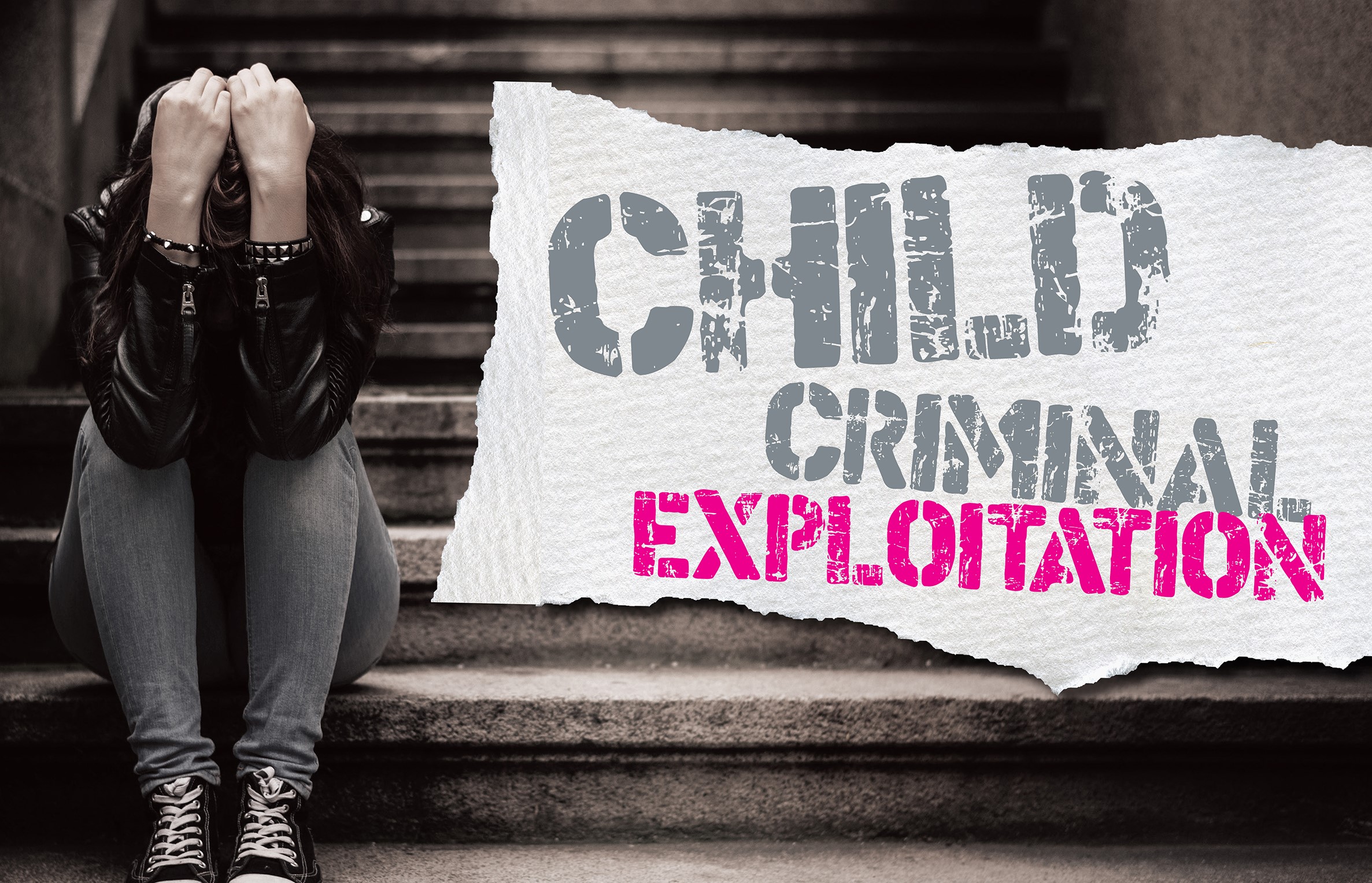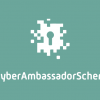‘Criminal exploitation of children and vulnerable adults is a geographically widespread form of harm that is a typical feature of county lines activity. It is a harm which is relatively little known about or recognised by those best placed to spot its potential victims’.
What is county lines exploitation?
County lines is the police term for urban gangs supplying drugs to suburban areas and market and coastal towns using dedicated mobile phone lines or “deal lines”.
The gang activity is highly associated with violence, drug dealing and exploitation; having a devastating impact on young people, vulnerable adults and local communities.
Gangs will use children, and vulnerable people, to move drugs and money, criminally exploiting them (CCE); they will also seek to establish a base in target locations, typically taking over the homes of local vulnerable adults by force or coercion – this is referred to as ‘cuckooing’.
County lines is a major, cross-cutting issue involving and linking into:
- drugs
- violence
- gangs
- safeguarding
- criminal and sexual exploitation
- modern slavery
- missing persons
Who is vulnerable to county lines exploitation?
The national picture continues to develop but there are recorded cases of:
- Children as young as 12 years old being exploited by gangs to courier drugs out of their local area
- Both males and females 15-16 years is the most common age range
- White British children being targeted as gangs perceive them more likely to evade police detection.
- There is increased use of social media to make initial contact with children and young people, ‘grooming’ them to become involved.
Signs to look out for
Young people involved in county lines may exhibit some of the signs listed below, either as a member or as an associate of a gang dealing drugs. Any sudden changes in their lifestyle should be discussed with them.
- Persistently going missing from school or home and/or being found out-of-area
- Unexplained acquisition of money, clothes, or mobile phones
- Excessive receipt of texts /phone calls
- Relationships with controlling /older individuals or groups
- Leaving home/care without explanation
- Suspicion of physical assault/unexplained injuries
- Carrying weapons
- Significant decline in school results/performance
- Gang association or isolation from peers or social networks
- Self-harm or significant changes in emotional well-being
What to do if you are concerned
Any practitioner working with a vulnerable person who they think may be at risk of county lines exploitation should follow their local safeguarding guidance and share this information with local authority social care services.
Use your local safeguarding process, the first step of which is usually to contact your designated safeguarding lead (DSL) within your organisation. If you don’t know who this is, refer to your manager. Your DSL has the responsibility for linking in with your local authority’s social care services.
If you believe a person is in immediate risk of harm, you should contact police.
A flow chart is located in the links below which can support you with decision making.
More information is available via the links below within full documents provided by the Home Office and the 4LSCBs in Hampshire, Portsmouth, Southampton & Isle of Wight to ensure that police, local authorities, education, health and other agencies work together and share a consistent approach to tackling these child protection issues.








